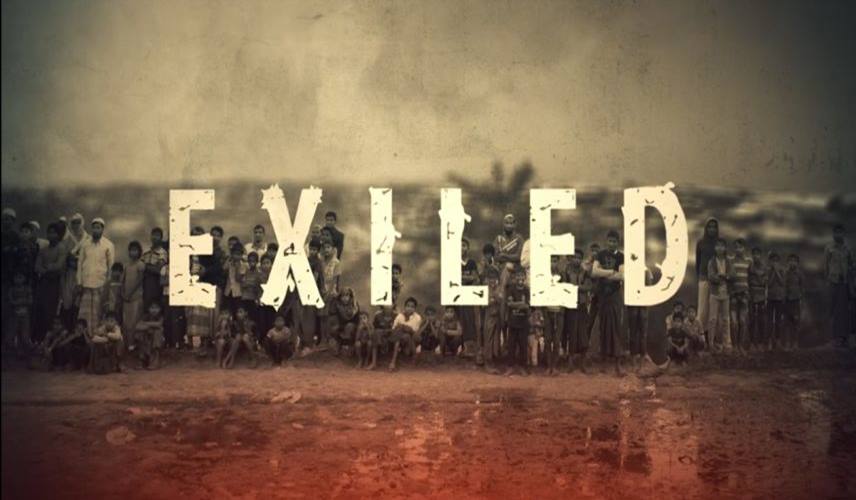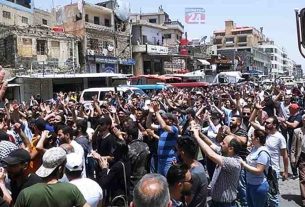Tue 26 November 2019:
Insight into the harrowing experiences faced by Myanmar’s Rohingya at the hands of the military and Buddhist factions.
A film by Shahida Tulaganova
“After killing all the men, they asked: ‘Who are you?’ We replied: ‘We are Rohingya, Rohingya’. They said: ‘This is not your country, you can’t live here,” recalls Rowza Begun, a Rohingya refugee.
In August 2017, Myanmar’s military launched a large-scale “security clearance operation” in the northern Rakhine state which left thousands dead and drove more than 700,000 Rohingya Muslims to flee their homes to neighbouring Bangladesh.
The crackdown on the Rohingya has been described by the UN as ethnic cleansing and possible genocide, and UN investigators have warned that the genocide threat for Myanmar‘s Rohingya is greater than ever.
Despite historical evidence of their long-standing presence in Rakhine state, Myanmar’s government and army refuses to recognise the Rohingya’s right to citizenship and classifies them as “illegal migrants” from Bangladesh and India.
“They call themselves Rohingya, but to us they are Bengali. What do you want us to do? There’s too many of them,” says U Parmaukha, a nationalist Buddhist monk.
When modern Burma was established after gaining independence from Britain in 1948, the Rohingya were first recognised as part of the Burmese nation and were registered as citizens, as an ethnic minority.
But “as early as 1966, the Burmese military started to see the Rohingya as a problem,” says Burmese academic Maung Zarni and explains that the government set up special forces to deal with the Muslim minority.
“Nasaka was essentially the Burmese equivalent of the SS. Nasaka was the executioner,” he says.
The Nasaka border security force was set up by General Khin Nyunt, the former head of Burmese Military Intelligence, who is now thought to have masterminded the policy of ethnic cleansing leading to the persecution of the Rohingya.
“These problems with Muslims have existed since the British rule, because they brought labour from Bangladesh. Those who came from Bangladesh, we could not accept them,” Khin Nyunt says.
“We needed to manage the population. It was the right thing to do. They were migrants. Our objective was to control our border. They were guests from Bangladesh and we didn’t want to accept guests. Otherwise, there would be no more Rakhines, just more and more Muslims.”
According to Zarni, the first exodus of Rohingya happened in 1978.
“They started a military campaign, which resulted in over 250,000 Rohingyas escaping to Bangladesh,” he says.
“General Khin Nyunt was the guy in charge of institutionalising the killing and destruction of the Rohingyas to the point that the Rohingya community would be wiped out. Khin Nyunt should be prosecuted for not simply crimes against humanity – for genocide.”
In November 2019, three separate cases were filed against Myanmar for atrocities against Rohingya people in the first international legal attempts to bring justice to what the UN has called “one of the most persecuted minorities in the world”.
Directed by award-winning director and war reporter Shahida Tulaganova, Exiled explores the roots and historical context of increasing violence in Rakhine State, covering the perspectives of Rohingya refugees, former Burmese government officials and radical Buddhist monks. Also featured is General Khin Nyunt, the former head of Burmese Military Intelligence who is considered the instigator of the policy of ethnic cleansing which has resulted in the relentless persecution of the Rohingya.
Source: Al Jazeera
Think your friends would be interested? Share this story!





